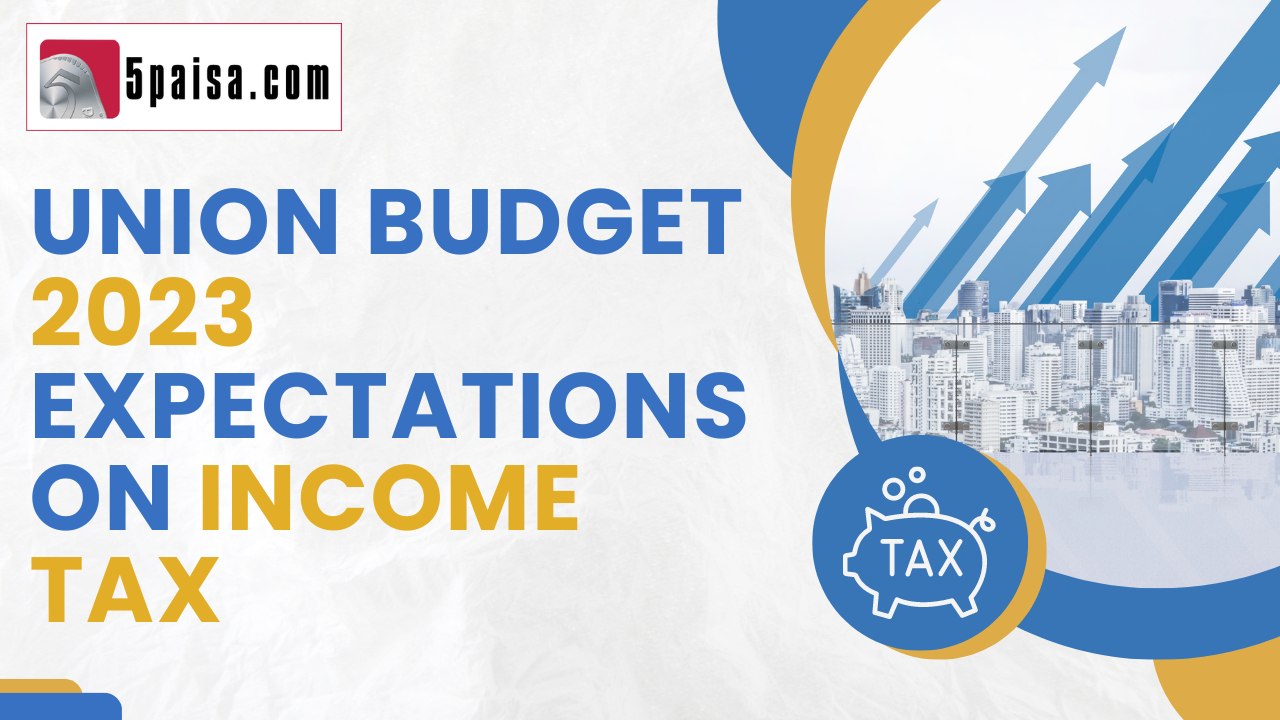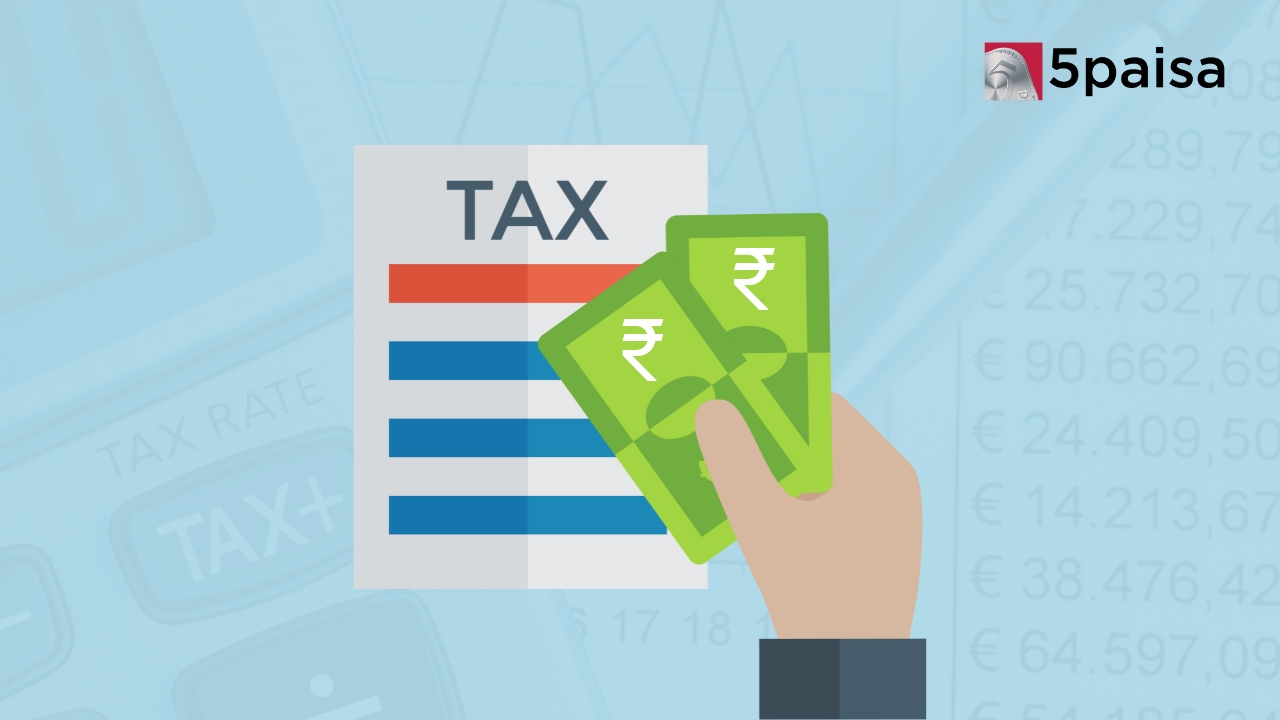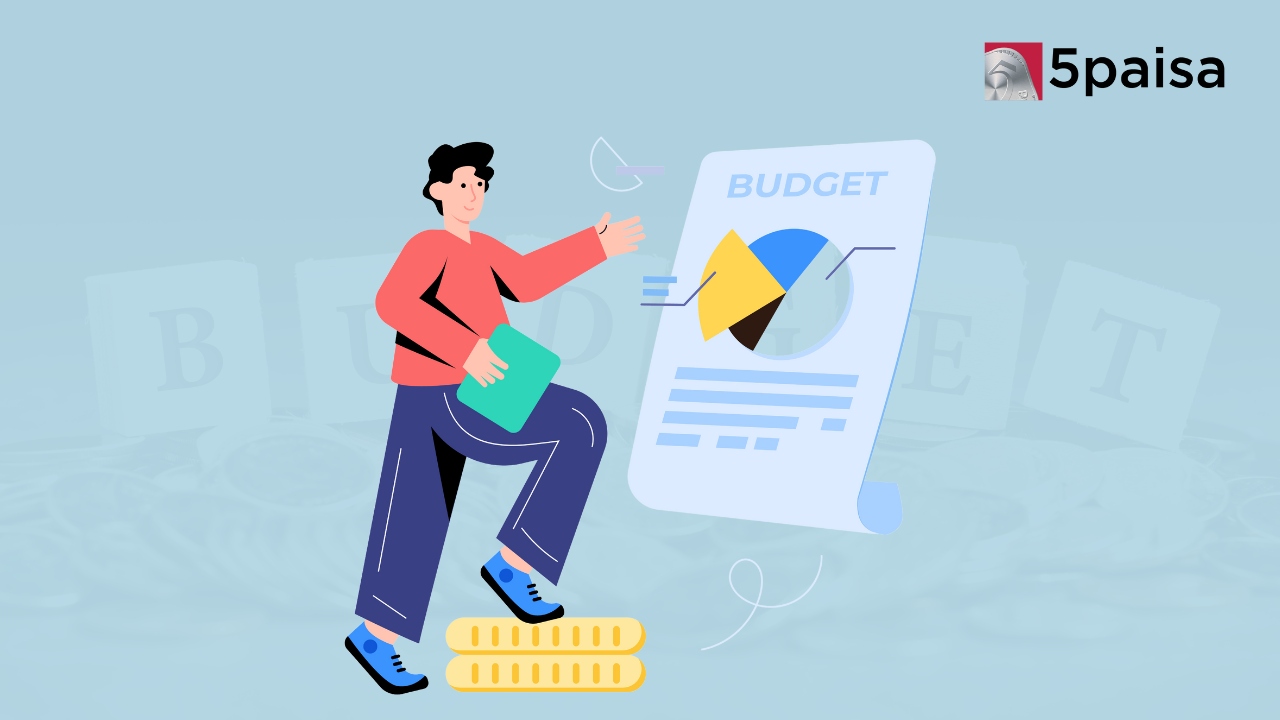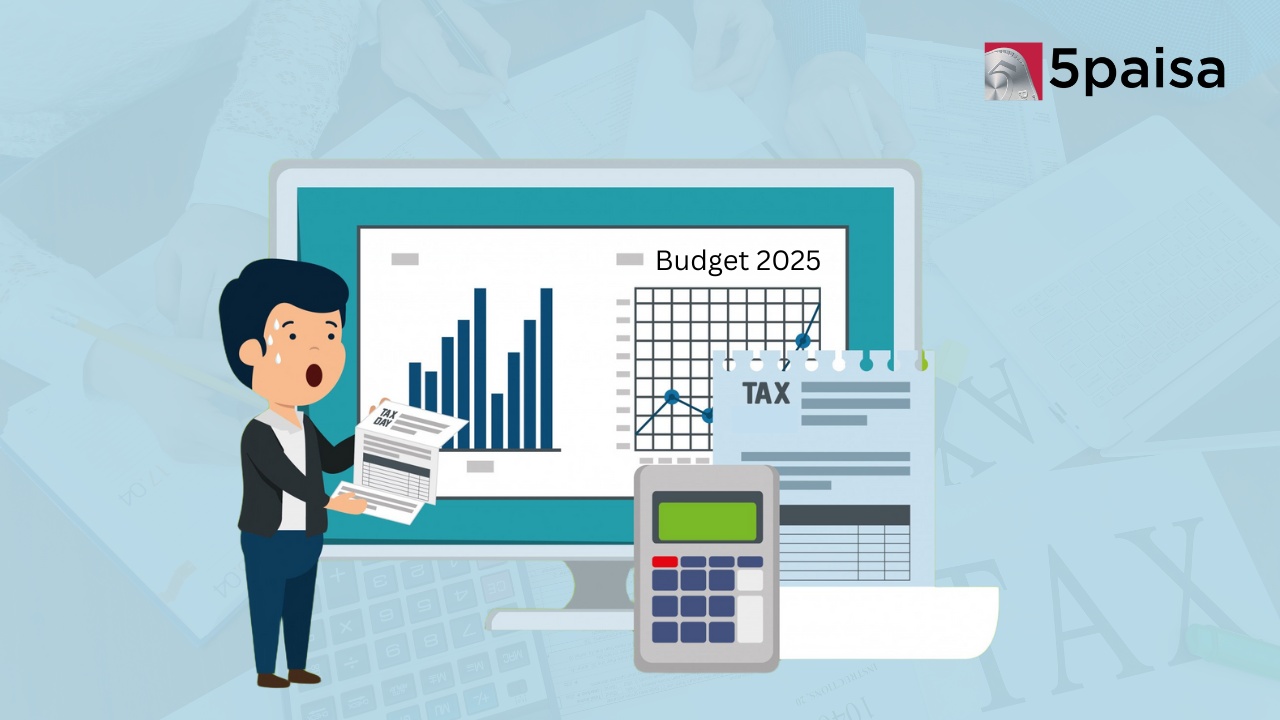Nirmala Sitharaman to Present Economic Survey 2025 Today
Union Budget 2023 expectations on Income Tax

One of the most important parts of the Union Budget is the part pertaining to personal taxation. Each budget, people want lower taxes, more exemptions and additional breaks. However, the government also has its budget constraints so this is not practical in all cases. In this segment, we look at the budget effect on income tax 2023 and the likely impact of budget on income tax. While the budget covers all the direct and indirect taxes, it is the union budget impact on income tax that is of most interest for individuals.
The million dollar question is what will be the Union Budget 2023 effect on income tax. Will the impact of budget on income tax be positive or would it be negative. It is very unlikely that the government would venture to do any thing that is grossly unpopular, especially with a slew of state elections lined up this year and the general elections coming up next year. Too many exemptions are also not practical as the government has its own fiscal constraints.
A budget at the crossroads
When Nirmala Sitharaman rises to present the budget on 01st February, 2023, there would be a number of things playing in her mind. Firstly, this is the last full budget that the current government will be presenting. The next year budget would be an interim budget or a vote on account with the actual budget coming only after the new government formation. Hence it will be a sort of tightrope walk for the finance minister. Secondly, the government would be pleased with buoyant revenues in the current fiscal year. However, with a much higher base, the pace of growth may not sustain.
Thirdly, how much can the government dole out as freebies in the budget. Here again, the bandwidth of the budget would be limited since the government is required to make a large outlay on the capex front. Finally, any union budget is as much political as it is an economic document. These sensibilities would have to be taken into account. Here are some of the key expectations on the income tax and personal finance front.
1. Basic exemption limit and dual tax model on Income Tax
There are broadly two demands of taxpayers on the income tax front. Currently, if your total taxable income is Rs. 5.00 lakhs, you pay zero tax. However, the base exemption limit is still at Rs. 2.50 lakhs while the tax calculated is provided as a tax rebate. This makes it very complicated. The problem is that if your taxable income is Rs. 5 lakhs your income is tax free; however, if your taxable income is Rs. 5.50 lakhs, then tax calculation starts from Rs. 2.50 lakhs onwards. This skews the calculation of income tax. By making the basic exemption limit as Rs. 5 lakhs, there is a lot more clarity. Also, people earning below Rs. 5 lakhs can be exempted from filing returns, to reduce the administrative pressure.
The second issue is about rationalizing the dual tax structure. Today, individuals have the choice of 2 alternate tax structures. Firstly, they can opt to retain the existing tax structure wherein they enjoy all exemptions and rebates and pay current rates of tax. The second option is to shift to the new tax regime, where tax rates are relatively lower but you forego all tax exemptions including standard deduction, HRA, Section 24, Section 80C, Section 80D etc. The second option has not caught on since most people are not willing to forego such exemptions. This budget must rationalize the dual system. Either specific exemptions like standard deduction and Section 80D can be permitted in the new system, or the new system can be merged with the old system with lower tax rates and fewer exemptions.
2. Making Section 80C more meaningful
This is something that is long overdue. The Section 80C limits of Rs1.50 lakhs were set more than 15 years ago. Subsequently, the NPS was made eligible for additional tax exemption of Rs50,000. However, the overall limit is still too low. This has a massive list of eligible outlays including PPF, CPF, life insurance, ELSS, ULIPs, children’s tuition fees, principal on home loans etc. For all these items, the limit is too low. For any person who is at the middle level, if you add up the life insurance, CPF and tuition fees for children; that is much more than the limit offered. The best option now is to increase this limit to Rs5 lakhs. The government can look to carve out a separate sub limit for ELSS under Section 80C.
3. Let Section 24 exemption reflect home price reality
Currently, when you take a home loan to purchase a home the interest component of the EMI is eligible for exemptions under Section 24 of the Income Tax Act. However, the current limit of Rs2 lakhs is too low, even if you consider the home prices in smaller towns and cities; leave alone big cities like Mumbai, Delhi NCR and Bengaluru. A good way to make the limit of Section 24 more meaningful would be raise this limit of exemption from Rs2 lakhs currently to around Rs5 lakhs. This would be better linked to the cost of housing in India. This will ensure that the home buyers get full exemption. Today there are home loan exemptions for first time buyers, for regular buyers and for affordable homes. The government can simplify this structure by putting all these exemptions under an umbrella limit of Rs5 lakhs. This will also encourage people to buy and to upgrade homes, creating a lot of housing demand in India. The principal component can continue under Section 80C, or for simplicity, that can also be brought under Section 24.
4. LTCG, STCG and dividend tax should be rationalized
The Budget 2023-24 can look at getting rid of LTCG tax on equities to boost capital market participation. There are 3 reasons. Firstly, the proliferation of demat accounts indicate that retail is latching on to stock markets and the equity cult in a big way. Secondly, the STT was introduced in lieu of long term capital gains. Now that LTCG has been reintroduced, it should have been in lieu of STT. However, both are being charged, which is a form of double taxation (taxing transactions and again taxing profits). One way is to scrap LTCG tax on equities fully for holdings beyond 3 years and maintain the existing structure otherwise. Thirdly, STT generates $3 billion for the government each year so it is unlikely to forego that. The only option is to scrap LTCG tax, which is not a very major contributor to the tax kitty.
5. Treat health insurance as a basic need
In the aftermath of COVID, it is essential to make health insurance affordable since people are realizing the importance of the cover. To begin with, GST on health insurance premiums can be cut from 18% to 5% to make them more affordable. In addition, the current Section 80D exemptions of Rs25,000 for those under 60 and Rs50,000 for senior citizens; must be enhanced to Rs50,000 and Rs75,000 respectively. Alternatively, the insurance exemption for health under Section 80D must be pegged at a outer limit of Rs1 lakh, irrespective of how it is broken up and used by the client. This can contribute to more health cover participation.
6. Make spending on education less burdensome
Today, there are education loans offered by banks but the process is cumbersome and rigid. The current exemption under Section 80E for interest on education loan does not have an upper limit but the tenure is limited to 8 years. The tenure must be extended at least to 15 years, to begin with. The average cost of an education loan is more than the cost of a car loan and the government has to intervene and subsidize. Also, the banks still insist on security in most cases and their limits are out of sync with most of the course costs today. There is also a catch in remitting tuition and fees to students abroad. Parents who are remitting fees for tuitions and hostel fees of children, have to pay 5% TCS on amount remitted above Rs7 lakhs. This is a huge cost and although it can be claimed as a refund, the waiting period is quite long. The limit can be raised to Rs50 lakhs instead of Rs7 lakhs.
7. Standard deduction and exemption inflation pegging
Firstly, the budget must simplify the tax structure by making incomes up to Rs5 lakhs tax free and not requiring them to file returns. In addition, the government can enhance the standard deduction limit from the current Rs50,000 to Rs100,000. Government must also consider making standard deduction available to other than salaried and pensioners.
There is also a demand for auto adjustment of exemption limits on the same lines as dearness allowance (DA). Maybe not every year, but once in 3 years, these exemption limits must be reset in lien with the price increases. An indexed exemption limit will be more meaningful and government does not have to worry about reviewing limits frequently.
8. Let there be something for small businesses
Medium, small and micro enterprises (MSMEs) are the lifeline of the Indian economy in terms of job creation and exports. However, MSMEs are often structured as proprietorships, partnerships or LLPs. Hence they pay peak 35% taxes compared to corporates that now pay between 15% and 25%. This would come as a major relief for small businesses.
There is a huge roster of demands on the personal tax front. Even if the government looks at some of them, it can give a boost to consumption, demand and spending.
- Flat ₹20 Brokerage
- Next-gen Trading
- Advance Charting
- Actionable Ideas
Trending on 5paisa
02
 5paisa Research Team
5paisa Research Team
03
 5paisa Research Team
5paisa Research Team
04
 5paisa Research Team
5paisa Research Team
Budget Related Articles
Disclaimer: Investment in securities market are subject to market risks, read all the related documents carefully before investing. For detailed disclaimer please Click here.




